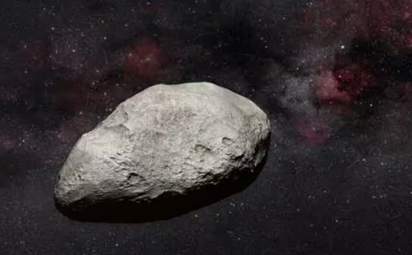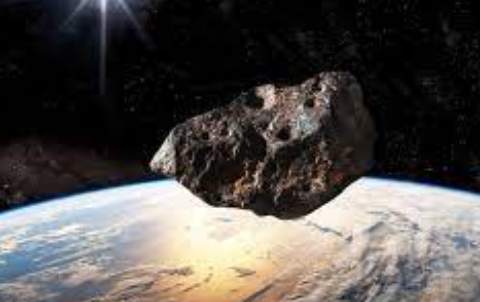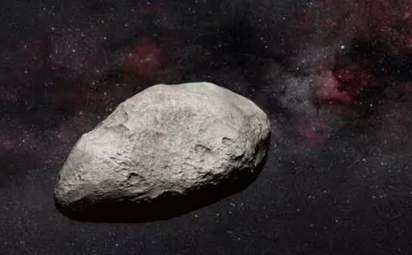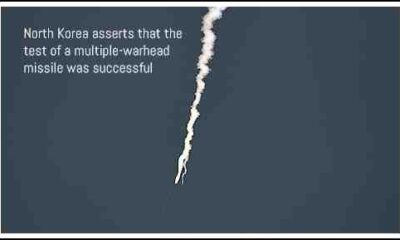News
NASA The Discovery Of The New Smallest Main Belt Asteroid
Published
1 year agoon

According to NASA The asteroid, which measures between 300 and 650 feet (100 to 200 metres) in length, is the smallest object ever observed using the telescope
Using the James Webb Space Telescope, European astronomers discovered a previously unknown asteroid in the main asteroid belt between Mars and Jupiter.The asteroid, which measures between 300 and 650 feet (100 to 200 metres) in length, is the smallest object ever observed using the telescope, according to NASA.The asteroid was “serendipitously detected” by European astronomers, according to NASA, who added that more observations would be required to better characterise its nature and properties.
“We discovered a small asteroid completely unexpectedly,” said Thomas Muller, an astronomer at Germany’s Max Planck Institute for Extraterrestrial Physics.It was discovered during the calibration of the telescope’s Mid-Infrared Instrument (MIRI), which operates in the mid-infrared range.
Read Also: light combat aircraft and MiG-29K jets start their flight tests from INS Vikrant
“Webb’s incredible sensitivity allowed us to see this roughly 100-meter object from a distance of more than 100 million kilometres,” Muller explained.Webb, which has been in operation since July, is the most powerful space telescope ever built, and it has produced unprecedented data as well as stunning images.
The $10 billion telescope’s primary goal is to study the life cycle of stars. Another major area of study is exoplanets, or planets outside of our solar system.Webb was not designed to search for small objects like the recently discovered asteroid, but Muller claims that its discovery “suggests that many new objects will be detected with this instrument.”
How far is the asteroid belt from Earth
Where is James Webb Telescope?
How fast do asteroids travel?


You may like
-


North Korea asserts that the test of a multiple-warhead missile was successful
-


The Student Wing of Congress storms the Exam Body NTA office and locks it from within
-


“During President Murmu’s address to Parliament, PM Modi was shown 73 times, and LoP Rahul Gandhi was shown six times”: Congress
-


NASA contracts Elon Musk’s SpaceX to deorbit the International Space Station in 2023.
-


A Caution For The CBI In The Delhi Court’s Arvind Kejriwal Custody Order
-


Bar Council of India requests that bar associations abstain from demonstrating in opposition to new criminal laws

